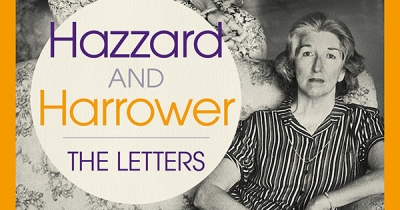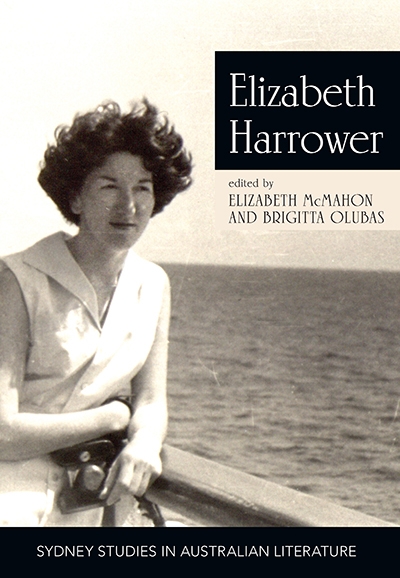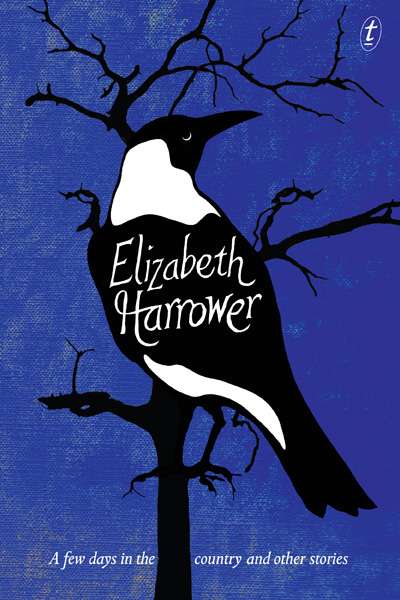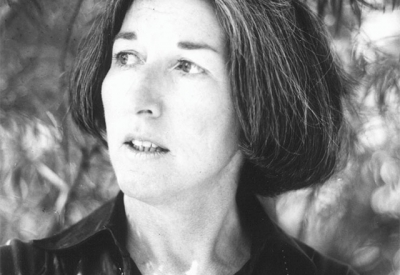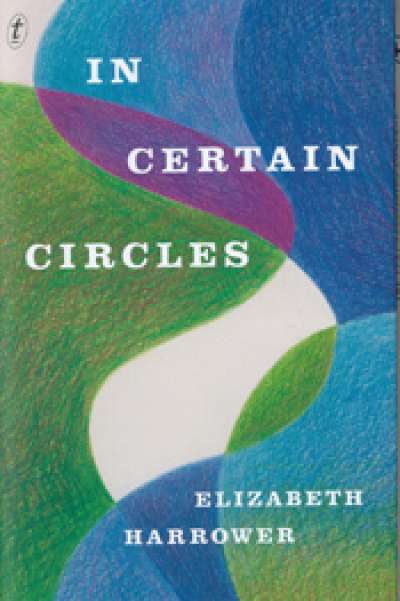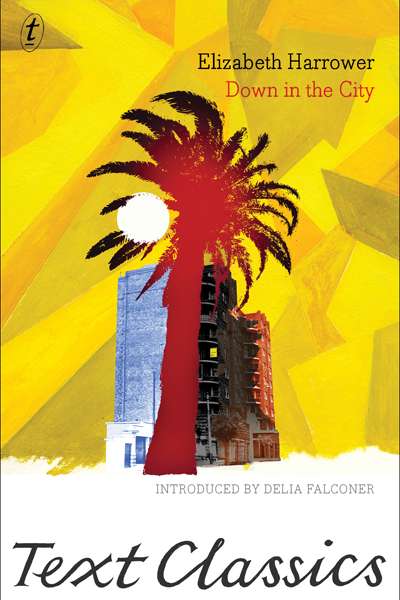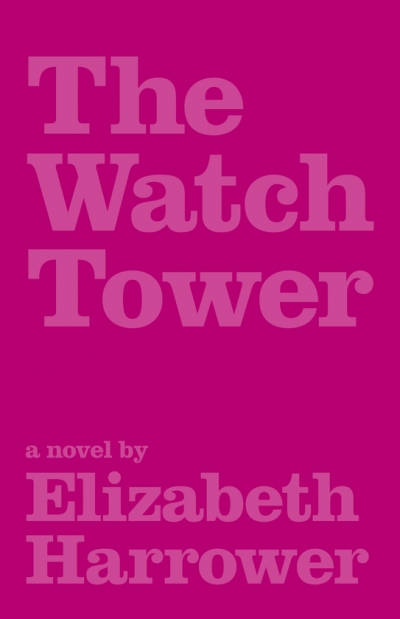Elizabeth Harrower
Hazzard and Harrower: The letters edited by Brigitta Olubas and Susan Wyndham
by Peter Rose •
Elizabeth Harrower: Critical essays by Elizabeth McMahon and Brigitta Olubas
by Susan Sheridan •
A Few Days in the Country and Other Stories by Elizabeth Harrower
by Bernadette Brennan •
I always felt I had urgent news to deliver. I wanted to do that more than anything else.
... (read more)Before the ceremony began, the woman with hairy legs and an air of having just abandoned a cigarette wandered as though at a party to the coffin where – though it was impossible and not so – Clelia’s mother, Margaret, was. Three days ago, four days ago, Clelia had said to her mother, ‘Come and see the blossom I’ve brought back.’ She had just returned to Sydney after a three-week absence in the mountains.
‘Can’t it come to me?’
‘No,’ she said gaily, insistently, not thinking really, never wondering. ‘No, you’ll have to come out here. It’s so tall. I can’t move the vase.’
... (read more)
